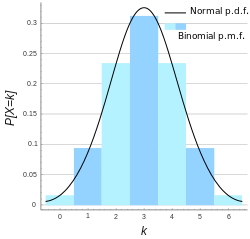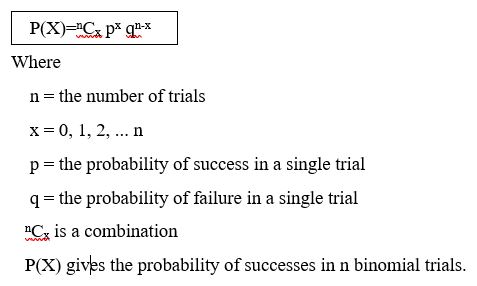Binomial Probability Distribution
Binomial Probability Distribution Tutorial
Binomial Probability Distribution tutorial, Welcome to the world of statistics and probability distributions in Data science. In the previous section, we have learned about the uniform distribution tutorial and how it calculates. Now, we are going to cover the binomial distribution tutorial in Data science. Along with this, we will study various uses of it and examples.
So, let’s start the Binomial probability distribution tutorial
The binomial probability distribution is related to Bernoulli distribution. There is a set of Bernoulli trials in this distribution. A distribution that has two outcomes like head or tail in toss a coin for all trails is known as a binomial distribution.
In this tutorial, one can easily learn about binomial distribution which is available with examples and is used by most of the Data analysts. Are you dreaming to become certified in the Data Science, then you have landed the right path, Prwatechis India’s largest E-learning of Data science, with skilled trainers to help you ease your journey in the Data Science training in Bangalore.
What is a Binomial Probability Distribution?
A Binomial Distribution can be defined as a probability of success and Failure outcome in an experiment or survey that is repeated multiple times.

As the name suggests “bi” means two, therefore binomial is a type of distribution that has two possible outcomes.
Heads or Tails.
Criteria:
Binomial probability distributions must also meet the following three criteria’s:
In other words, you can identify the probability of something happening if you do it a certain number of times.
If you toss a coin once, your probability of getting a tail is 50%. If you toss the same coin 20 times, your probability of getting a tail will be very, very close to 100%.
Every observation or trial is independent. In other words, none of your trials have an effect on the probability of the next trial.
The probability of success (tails, heads, fail or pass) is exactly the same from one trial to another.
Example: Heads or Tails.
Binomial Probability Distribution Formula
Many instances of binomial probability distributions can be found in real life. For example, if a new drug is introduced to cure a disease and it either cures the disease (it’s successful) or it doesn’t cure the disease (it’s a failure). If you purchase a lottery ticket, you’re either going to win money, or you aren’t. Basically, anything you can think of that can only be a success or a failure can be represented by a binomial distribution.

This is easy to say, but not so easy to do unless you are very careful with the order of operations, you will not get the right answer.
If you have a Ti-83 or Ti-89, the calculator can do much of the work for you. If not, here’s how to break down the problem into simple steps so you get the answer right every time.
Binomial Probability Distribution Example
Q) In the old days, there was a probability of 0.8 of success in any attempt to make a telephone call. (This often depended on the importance of the person making the call, or the operator’s curiosity!). Calculate the probability of having 7 successes in 10 attempts.

Interested in learning more? Or do you want to become an expert in Data Science? get your Data science certification course from India’s Leading Data science training institute in Bangalore.
We hope you liked our article on the Binomial probability distribution tutorial. Share your feedback with your comments.






